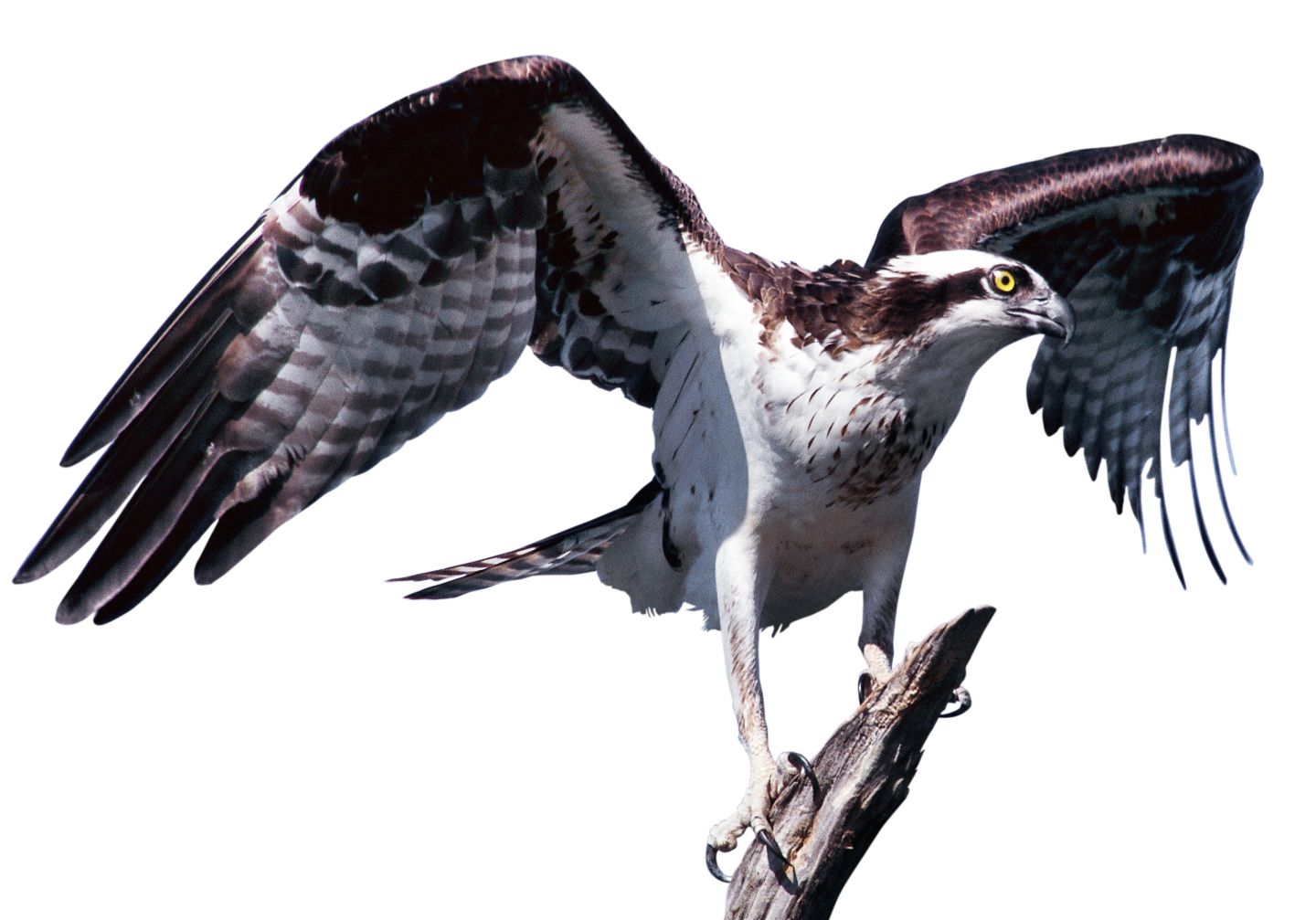
They are often found in areas such as Jones Beach and Fire Island. Lastly, we are truly blessed to be visited by the Snowy Owl during the winter. Eastern Screech Owls – Gray and Red Phase

Unlike hawks and raptors, who are able to tear their food with their beaks, owls eat their food whole, so the size of the meal must be appropriate to accommodate that. Great Horned OwlĮastern Screech owls are tiny owls that seek prey, such as insects, mice, voles and other small mammals. They are large in stature, and, though they mainly hunt mammals (up to the size of a skunk), they will eat birds and other animals when needed.

Great Horned Owls are our “hoot owls,” the ones you might be lucky enough to hear in your yard at night (especially this time of year, when mating season is beginning). Again, there are several species that migrate through, but the two species that remain year-round are the Great Horned Owl and the Eastern Screech Owl. We are also blessed with nocturnal raptors-the owls. One thing all of the above birds have in common is that they are diurnal-meaning they are active during the day. While they primarily eat fish, they will also hunt and consume mammals and other birds, especially during the cold weather when fish are less available.

These raptors are the largest bird we have on Long Island. You’ve probably seen their nests atop utility poles or on artificial “osprey platforms” erected to help them safely nest and breed.Īnother fish-eater that lives here is the famous Bald Eagle, the symbol of our republic, that in recent years has established itself as a year-round resident. Osprey are fish-eaters, so they are primarily found near the water. One of our migratory visitors is the Osprey (often erroneously called a “sea hawk”), which stay with us during the spring and summer months. The Peregrine Falcon is on the Endangered Species list as their population has been heavily affected by the use of DDT and other pesticides for several decades. Their diet is primarily birds, which they hunt “on the wing,” i.e. The Peregrine Falcon is a large but still incredibly fast falcon, having been clocked travelling at 200 mph in a spiral in pursuit of prey. American Kestrel – male on left, female on right They might be small, but they are mighty! Their diets consist of various insects, small mammals and birds. They stoop into a spiral when they spot their prey, using speed and force to catch and kill. Falcons are lightning fast and equipped with narrow and pointy wings. They are smaller in size than Red-tailed Hawks and are very fast and agile, with long legs and long toes to help them catch small birds.Īnother type of raptor we have locally are falcons, such as the American Kestrel, the Merlin, and the Peregrine Falcon. These birds look very similar and can be difficult to distinguish from each other. The island is also home to several other types of hawks, such as the Cooper’s Hawk and Sharp-shinned Hawk. Red-tailed Hawks use, as do all hawks, their large size and powerful feet to kill their prey. Red-tailed Hawks primarily eat small mammals, such as mice, rats, squirrels, and rabbits, but they also will eat pigeons. They also can be found sitting on fences and, very commonly, light posts (such as the ones on the LIE, Sagtikos and other expressways and parkways). They have incredibly acute vision and can see a small mouse as far as a football field-sized area away. These are the ones that you see soaring in the sky, lazily swirling around in circles as they search for prey. The most common species of hawk that we see here is the Red-tailed Hawk. Some species migrate to warmer climates during the winter months while we are lucky to have the Snowy Owl migrate to us during the winter months. Raptor categories include hawks, owls, falcons, eagles, and osprey-types of which make Long Island their home (for at least part of the year). The raptor species are classified into different categories depending on their style of hunting. Each bird in the list below is hyperlinked to a page with a detailed species description, in case you’re interested in learning more about that particular raptor.Along with songbirds and waterfowl, Long Island is home to several different types of birds of prey called raptors. Now let’s take a closer look at all of the European raptors in these categories. However, for the sake of simplicity, we have included the Osprey with the eagles, and the European Honey Buzzard with the buzzards. Two European birds of prey, the Osprey (Pandion haliaetus), and the European Honey Buzzard (Pernis apivorus), don’t really belong in any of the categories above, and are each classified as a separate genus within the family of Accipitridae. There are currently 40 birds of prey in Europe, which fall into 7 main categories:


 0 kommentar(er)
0 kommentar(er)
